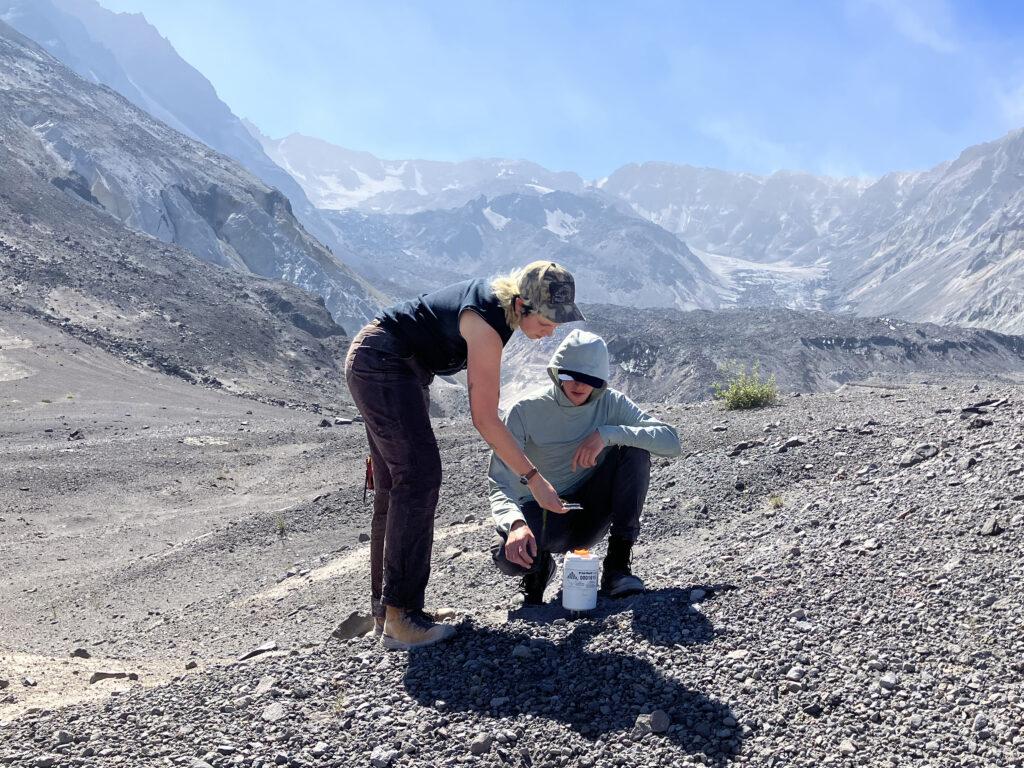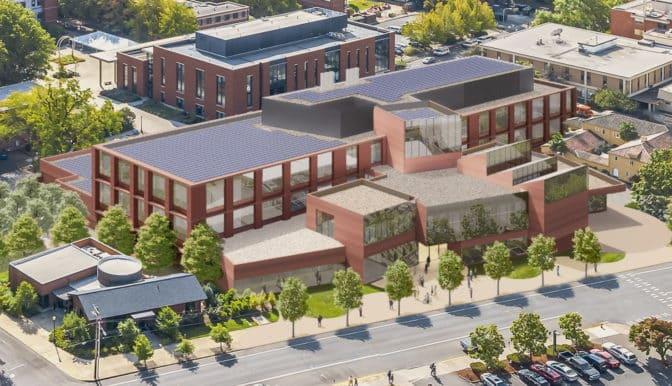Accelerating Innovation Together: Oregon’s Unified Vision for Research Cyberinfrastructure

Accelerating Innovation Together: Oregon’s Unified Vision for Research
Cyberinfrastructure
The AI revolution is accelerating—bringing with it new opportunities for societal and scientific transformation at a scale we haven’t witnessed before. Without meaningful statewide coordination on research innovation and cyberinfrastructure (CI), Oregon risks being left in the digital dust.
A Statewide Strategy for Research Collaboration
Enter CIAO—the Cyberinfrastructure Alliance of Oregon, recently funded by the National Science Foundation with a mission to create a statewide model for research computing collaboration and cyberinfrastructure sharing.
Oregon’s eight public universities—University of Oregon (UO), Oregon State University (OSU), Oregon Health and Science University (OHSU), Portland State University (PSU), Oregon Institute of Technology (OIT), Eastern Oregon University (EOU), Southern Oregon University (SOU), and Western Oregon University (WOU)—joined forces for the first time with Link Oregon, the statewide optical network, on the NSF CIAO proposal. The University of Oregon led the planning grant proposal.
But why now?
Bridging the Cyberinfrastructure Access Divide
The practice of research is increasingly computational, interdisciplinary and inter-institutional.
The surge in AI-powered discovery at our universities demands the dissolution of silos and a push toward collaborations that pool expertise and expand the “innovation tent” to include underrepresented institutions, so all can participate in and contribute to the emerging AI innovation ecosystem.
In its 2020 report, the NSF’s National Science Board put it plainly:
“To catalyze regional scientific and innovation networks, America must strategically build science and engineering infrastructure and capacity in underserved areas and institutions, while retaining excellence and capacity where it already exists.”
Disparities in access to computing clusters, storage, and network speed mean smaller institutions often lack the resources to participate in cutting-edge research. CIAO seeks to change that.
Scaling Collaboration Potential with Shared Cyberinfrastructure
CIAO is based on a simple but transformative belief: the future of Oregon innovation depends on collaboration at scale as a first principle. Over time, CIAO will serve as the connective bridge linking students and researchers across the state—from Eastern and Central Oregon to the Willamette Valley and beyond—to accelerate discovery with shared data, expertise and infrastructure. This will pave the path for Oregon to become an innovation hub and expand economic opportunities for all Oregonians.
Workforce development is a key part of CIAO’s charter. With demand for data and advanced cyberinfrastructure skills surging across every industry, embracing a statewide model will also help us invest in a holistic framework for nurturing a future-ready workforce across Oregon, so businesses (like many who are members of TAO) are assured of a talent pipeline trained in high-demand skills.
Accelerating Oregon’s Thriving Research Ecosystem
Oregon is already home to a thriving hub of innovation and multi-institutional research across a range of disciplines--from the study of oceans and marine life to tackling biomedical problems in cell biology, regenerative medicine, and targeted therapies for cancer, to earthquake hazards, and smart grid technology research.

Seismometer deployment on Mt. St. Helens (Photo Credit: Alex Iezzi). Researchers at multiple Oregon universities are involved in the CRESCENT (Cascadia Region Earthquake Science Center) initiative which seeks to advance earthquake science and understand the Cascadia Subduction Zone.
CIAO strengthens and expands this ecosystem with:
- Increased access to cyberinfrastructure for Oregon’s under-resourced institutions
- Deeper collaborations across institutions in emerging areas such as quantum computing, clean energy, and AI
- New frameworks for tech-enabled workforce development across Oregon’s education ecosystem
Game-Changers in Oregon’s Cyberinfrastructure Landscape
Two recent strategic CI developments in Oregon sparked the formation of CIAO. These resources will change the game for our state, enabling us to successfully demonstrate a statewide model for research computing collaboration that could serve as a beacon to other states with similar goals and resources:
- Portland State University now hosts a shared high-performance computing cluster via the NSF-funded Oregon Research Computing Accelerator (ORCA), offering free access to colleges and universities statewide and democratizing access to high-performance computing resources.
- In 2026, Oregon State University will open the Jen-Hsun Huang and Lori Mills Huang Collaborative Innovation Complex (HCIC) that will be home to one of the nation’s fastest university supercomputers. This facility will advance innovations in AI, robotics, and materials science, and prepare students to enter high-impact fields like semiconductors.

Artist’s rendering of the Jen-Hsun and Lori Huang Collaborative Innovation Complex. Credit: Oregon State University
We’re only just beginning.
As the AI-powered future races toward us, let us be well-prepared—faster, together --for the benefit of all Oregonians.
If you are affiliated with an Oregon college, university, or business and would like more information on working with CIAO, please reach out to Christy Long from the University of Oregon or Dr. Jackie Wirz from Link Oregon. And if you plan to be at the SC25 supercomputing conference this year, do stop by the Link Oregon booth to say hello to the CIAO team!
About the authors: Christy Long is the Associate Chief Information Officer and Chief of Staff at the University of Oregon and the Principal Investigator of the NSF-funded CIAO grant. Dr. Jackie Wirz is the Executive Director of Link Oregon, Oregon’s statewide fiber optic network for government, research and education. Link Oregon is a co-PI on the CIAO grant proposal. Skip Newberry, CEO of TAO, serves on the external advisory board of CIAO.
Join our movement in the world of tech
Become a part of our mission to empower the tech community in Oregon and SW Washington.
.png)
